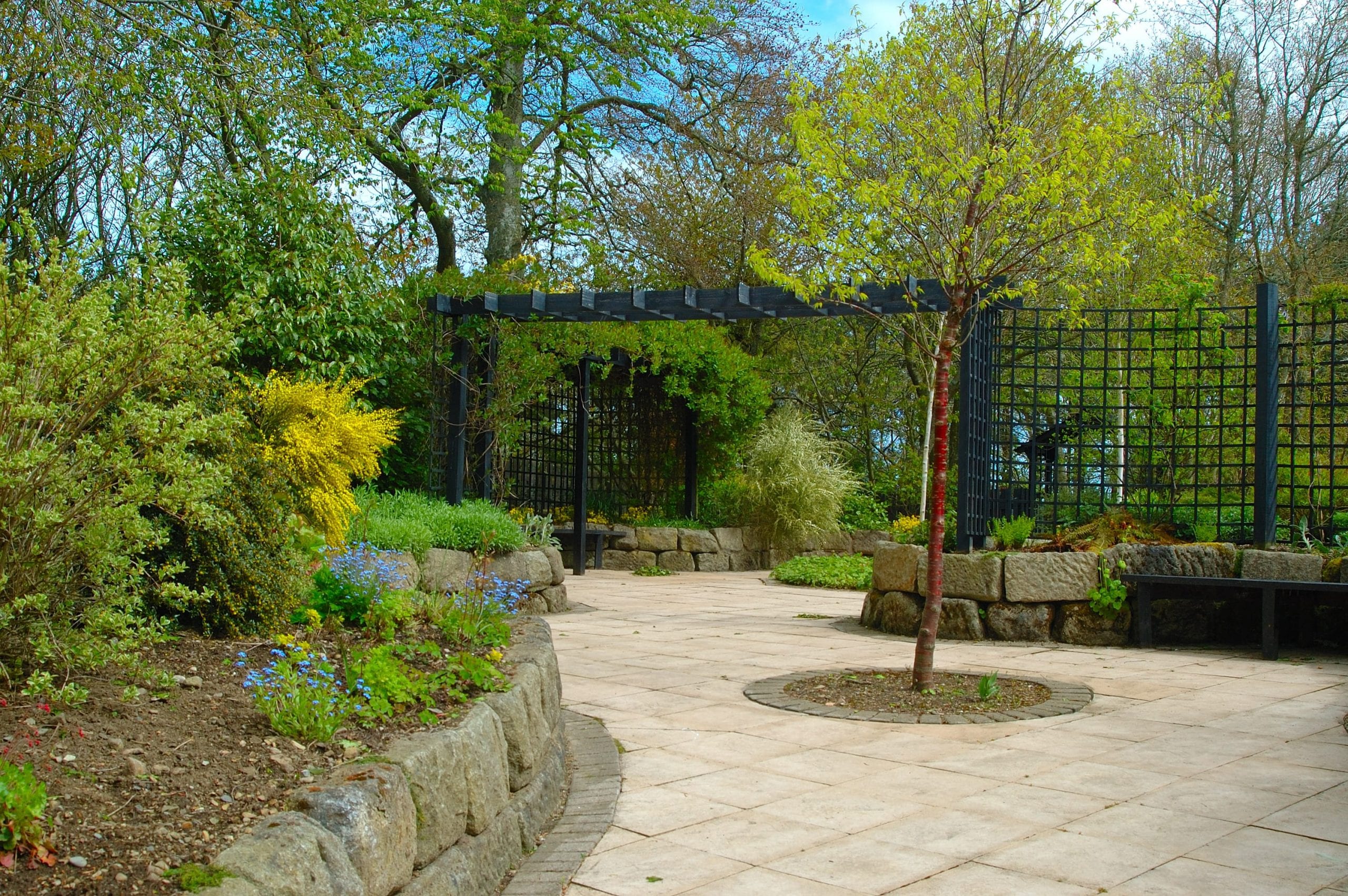
Numerous studies show that well-designed gardens in care homes help residents maintain and even improve their physical and mental health. As a result, more and more care homes are including sensory gardens within their refurbishment strategies. However, there can be many complications and pitfalls to enhancing your outdoor space.
If you want to make the most of out of your investment, you will need to consider the technical aspects of your garden that are not merely related to touch and smell. Successful sensory garden designs not only improve the visual aesthetics of facilities but also include a rich mix of features and have good accessibility; this is why it is important to engage with a specialist Contractor that can help you achieve your vision.
Like all care home refurbishment and new build schemes, delivering a high-quality project relies on good communication, an experienced team and effective planning. Its important to get the foundations right first before starting your project – this means having a good design which considers accessibility for the residents and their needs as well as having a detailed plan that is based on solid research and development.
When creating a sensory garden there are a couple of key things to consider. Whilst the following is not an extensive list, we believe these are some of the most important factors to include at the planning stage if you want to get the most out of your project.
Is your sensory garden easy to access and navigate?
The easier a sensory garden is to get to, the more likely it is to be used. Even small obstacles can deter residents from making the effort to go outside, so it is important that the designs are functional. Ask yourself, will there be flush levels between indoors and outdoors to provide access to those less abled? Are the pathways wide enough for wheelchairs and mobility scooters? And is there access to highlights such as planters, water features and bird feeders for residents in wheelchairs?
Make sure the paths are wide, firm and non-slip. Provide a choice of routes that are easy to navigate and make sure there is nothing obstructing the paths. This is particularly relevant for nursing homes that care for dementia patients. Your outdoor space needs to feel safe and easy for residents to recognise the door to get back inside.
Be mindful about the materials and features used in your sensory garden – are they suitable? For example, glass panel doors are no good for residents with cognitive issues. Is there plenty of seating? Have you included features that serve as mini-destinations? Do you need to include recharging points for those using mobility scooters?
Has your sensory garden got adequate seating and shelter?
Some residents will only be able to go outside if there is seating within close range so make sure you provide resting points near the doors. You will need to include space next to your seating areas for wheelchairs and mobility scooters and be sure to avoid low seats that can be difficult to get up from. The areas just outside the doors are most likely to be used the most, so focus on providing attractive garden areas in these zones.
You will also need to weatherproof your outdoor space. It is not just the rain and cold that you need to think about but also the hot summer days. Shade is the first thing people look for on hot days, so you need to choose the best option to shelter residents from the sun as well as passing rain showers.
When protecting residents from the changing weather conditions, its important you source the right equipment. Make sure to properly research into design and materials to find a solution that will work all year round.
Can you bring your outdoor space indoors?
Windows into your sensory garden might be the only way some residents can enjoy your outdoor space. This is particularly relevant during the winters months when the weather is poor. So, make sure to locate plants near the building that will enhance the view and include scented flowers that can be enjoyed by the residents indoors. Also consider including features close to the windows that can attract wildlife such as bird boxes or feeders.
Is your sensory garden appealing all year round?
When transforming your outdoor space you will need to think about how it will be used at different times of the year. Beyond planting shrubs and flowers for different seasons, you will also need to consider if you will be using your sensory garden for events.
Look at the lighting and the position of any outdoor sockets. Do you need space for outdoor heating, cooking areas and space for barbecues? Will you need an outdoor power supply to connect up any electrical equipment such as extra lighting?
Does your sensory garden support creative activities?
If your sensory garden will provide creative activities, make sure to include storage space for all your equipment. If residents will be gardening, be sure to include an outdoor tap and have raised planters that are easy to access for those less abled. Include shelves for tools and a water butt (if possible) to make it easy for residents to get involved.
The trick is to create a space that will allow people to engage as and when they want to without this causing maintenance problems.
Let’s chat
In existing care homes, the options for modifying outdoor areas are more limited but even the smallest spaces can be transformed into something special. If you are in the process of refurbishing your care home, speak to us today on 0117 967 5923 or email enquiries@harrisevolution.com.

